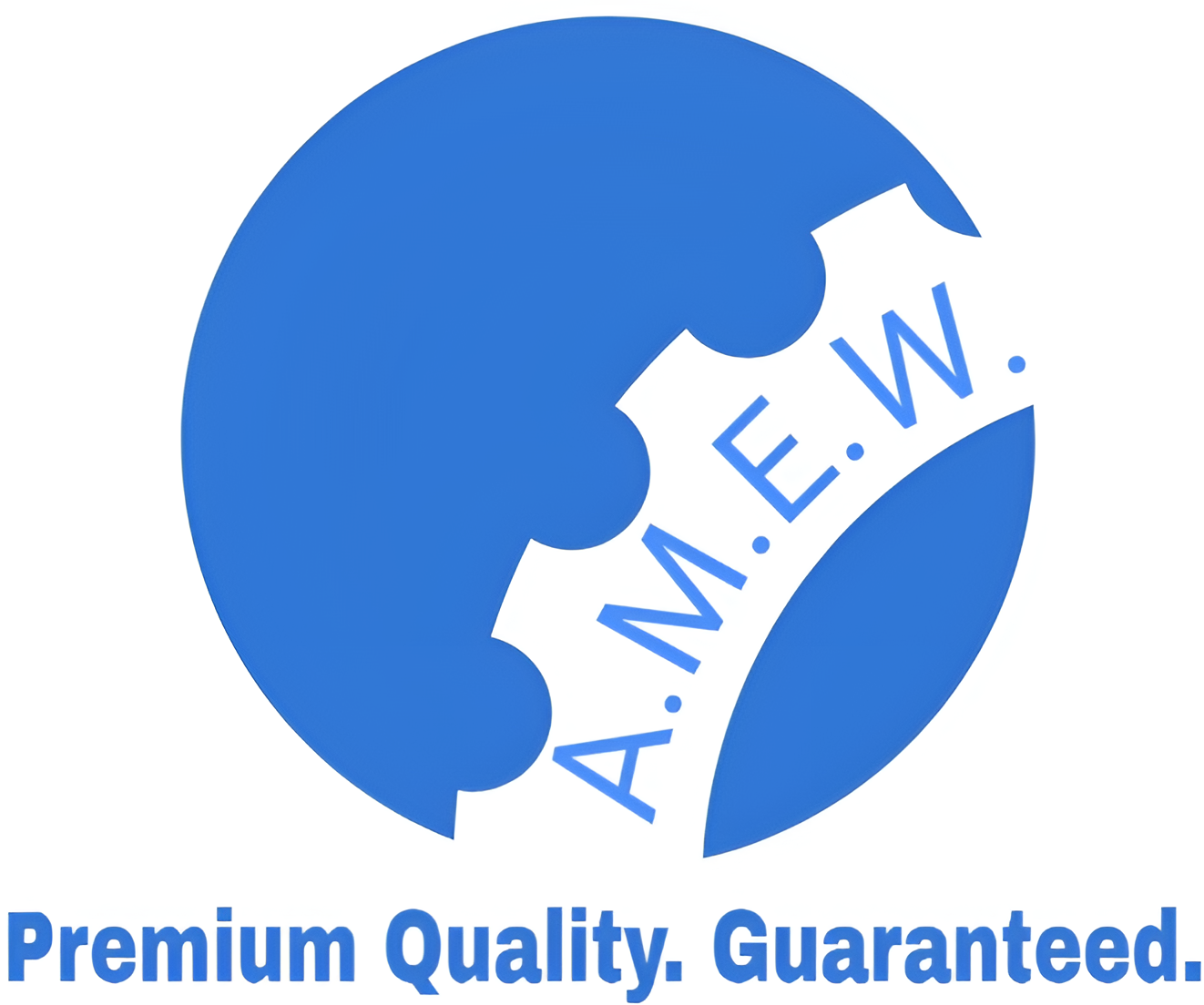Structural Steel Grades: Overview
Structural steel grades define the specific chemical composition, mechanical properties, and dimensional tolerances that steel must meet to ensure it can withstand the loads and stresses imposed on it in construction applications. These grades are used to classify steel materials for building, bridges, and other construction projects based on their strength, weldability, and formability.
Structural steel grades are governed by various national and international standards, such as ASTM (American), BS EN (European), and JIS (Japanese), each having specific classifications for steel used in structural applications.
Common Structural Steel Grades
| Grade | Standard | Yield Strength (MPa) | Tensile Strength (MPa) | Applications |
|---|---|---|---|---|
| S235JR | EN 10025-2 | 235 | 340-510 | General construction, bridges, and pipelines |
| S275JR | EN 10025-2 | 275 | 410-560 | Industrial structures, cranes, wind turbine towers |
| S355JR | EN 10025-2 | 355 | 470-630 | Heavy structures, bridges, shipbuilding |
| S355J2 | EN 10025-2 | 355 | 470-630 | Offshore structures, wind energy, and construction |
| S460NL | EN 10025-3 | 460 | 550-720 | High-rise buildings, bridges, offshore platforms |
| S690QL | EN 10025-6 | 690 | 770-940 | Heavy-duty machinery, cranes, industrial structures |
| ASTM A36 | ASTM | 250 | 400-550 | General construction, oil rigs, shipbuilding |
| ASTM A572 Grade 50 | ASTM | 345 | 450-620 | High-strength structures, towers, bridges |
| ASTM A992 | ASTM | 345 | 450-620 | Structural steel shapes for bridges, buildings |
| JIS G3101 SS400 | JIS | 245 | 400-510 | General structural applications, industrial buildings |
| AISI 1018 | AISI | 220 | 350-480 | Machinery, automotive components, structural parts |
Properties of Structural Steel Grades
- Yield Strength: Indicates the maximum stress a material can withstand without permanent deformation. Higher yield strength means the steel can support heavier loads.
- Tensile Strength: The maximum amount of tensile stress that steel can endure before breaking. A critical factor for high-load applications like bridges and towers.
- Ductility: Refers to steel’s ability to be shaped or formed without fracturing. Structural steel grades must possess good ductility to be welded and formed into different shapes.
- Weldability: Most structural grades are designed to be easily weldable, allowing for ease of fabrication during construction.
- Toughness: Ability to absorb energy and withstand impact, especially in cold environments or seismic regions.
Comparison of Structural Steel Grades
| Property | S235JR | S355JR | S460NL | ASTM A36 |
|---|---|---|---|---|
| Yield Strength (MPa) | 235 | 355 | 460 | 250 |
| Tensile Strength (MPa) | 340-510 | 470-630 | 550-720 | 400-550 |
| Weldability | Excellent | Excellent | Good | Excellent |
| Applications | General construction | Heavy structures | High-rise, offshore | Oil rigs, bridges |
| Cost | Lower | Medium | Higher | Medium |
Applications of Structural Steel Grades
| Industry | Application Areas | Grade Recommendations |
|---|---|---|
| Construction | Building frames, columns, beams | S235JR, S355JR, ASTM A36 |
| Bridges | Suspension bridges, truss bridges | S355JR, S460NL, ASTM A992 |
| Shipbuilding | Hulls, decks, structural parts | ASTM A36, S355JR |
| Oil & Gas | Offshore platforms, pipelines | S460NL, ASTM A572 Grade 50 |
| Wind Energy | Wind turbine towers | S275JR, S355J2 |
| Heavy Equipment | Earth-moving machinery, cranes | S690QL, ASTM A572 Grade 50 |
| Industrial Structures | Warehouses, factories, steel mills | S275JR, ASTM A36, SS400 |
| Automotive | Chassis, vehicle frames, and reinforcements | ASTM A36, S235JR |
Advantages of Structural Steel Grades
- High Strength-to-Weight Ratio: Provides a balance between strength and weight, making it ideal for construction applications where load-bearing is critical.
- Versatility: Available in various grades and thicknesses, structural steel can be customized for different applications.
- Durability: Structural steel offers high corrosion and weather resistance, ensuring long-term durability in challenging environments.
- Sustainability: Steel is recyclable, making it an environmentally friendly material in construction.
- Cost-Effectiveness: Its availability and ease of fabrication make structural steel a cost-effective choice for large-scale construction projects.
Selecting the Right Structural Steel Grade
Choosing the appropriate structural steel grade depends on various factors such as load-bearing requirements, environmental conditions, and fabrication needs. For general construction, grades like S235JR or ASTM A36 are common due to their good balance of strength and affordability. For more demanding applications like bridges or offshore platforms, higher grades like S355JR or S460NL are recommended for their superior strength and toughness.
Showing all 10 results
-
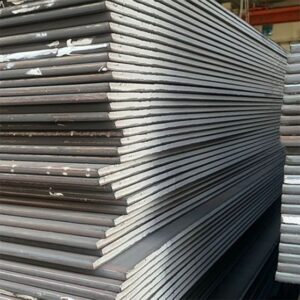
S235JR – Structural Steel
Read more -
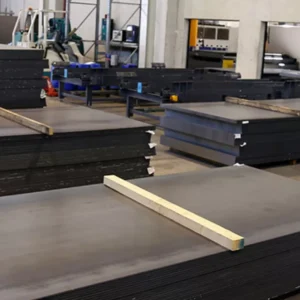
S275JO – Structural Steel & Steel Plate
Read more -
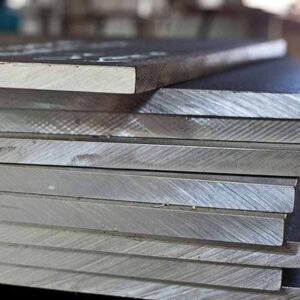
S275JR – Structural Steel & Steel Plate
Read more -
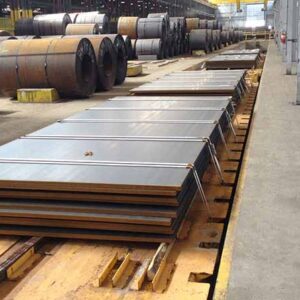
S355J2 – Structural Steel & Steel Plate
Read more -
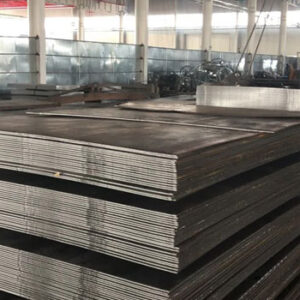
S355JO – Structural Steel & Steel Plate
Read more -
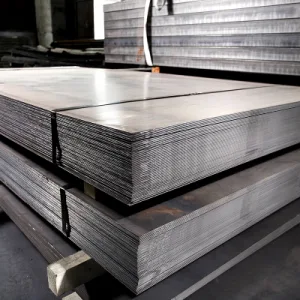
S355JR – Structural Steel & Steel Plate
Read more -

S355K2 – Structural Steel & Steel Plate
Read more -

S355K2 – Structural Steel & Steel Plate
Read more -

S355NL – Structural Steel Plate
Read more -
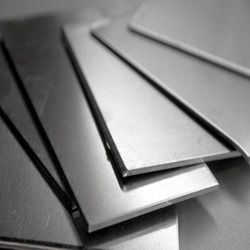
ST52-3 – Structural Steel Plate
Read more

